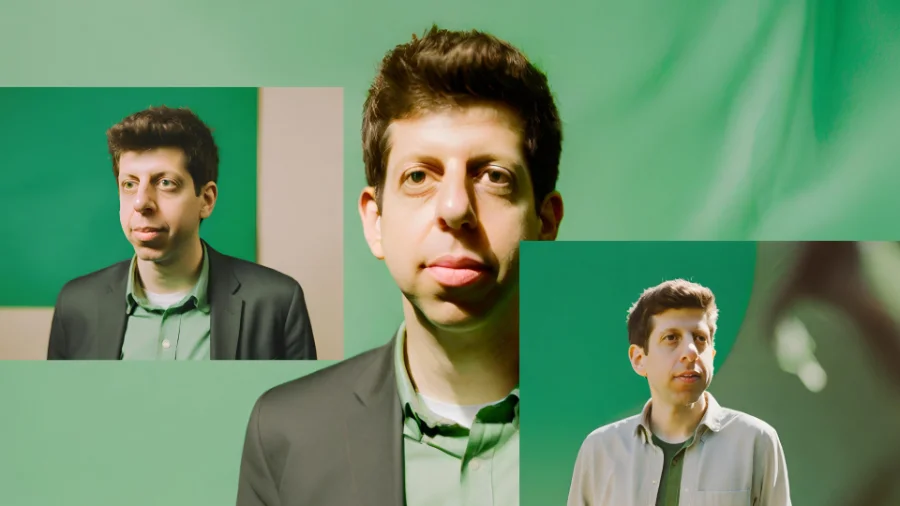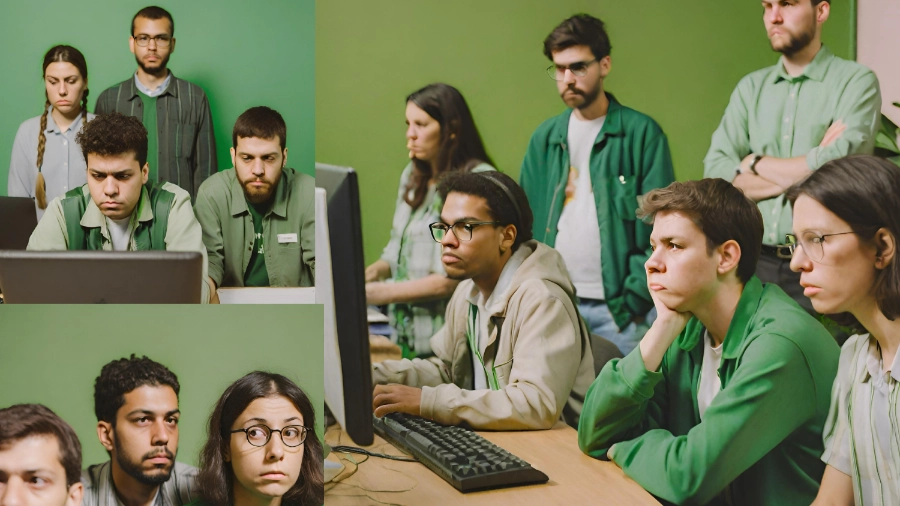
Any firing has the ability to send shockwaves of insecurity through your culture. Especially when the founder and CEO is fired for no significant reason. It can result in the value of each employee being reduced to a number and an outcome, and each employee can be waiting for their number to come up. A culture of threat will have a massive impact on the future creativity of the organization as the brain shifts into threat avoidance mode. In the short term, the impact of this firing cannot be overestimated.
The Impact of Employee Dismissals on Neurobiology and Organizational Culture
When an employee is dismissed, it doesn’t just affect the individual; it has a ripple effect throughout the entire organization. The neurobiological implications of such dismissals can lead to increased stress and anxiety among remaining employees, potentially damaging the overall organizational culture. This, in turn, may affect productivity, employee engagement, and the company’s ability to retain top talent. It’s crucial for organizations to understand these implications and manage dismissals in a way that minimizes negative impacts and supports the well-being of all employees.

Neuroscientific Impact of CEO’s Dismissal on Team’s Creative Innovation
The firing of a CEO, especially one as visionary as Sam Altman, can have a profound neuroscientific impact on the remaining team members, potentially affecting their creative innovation. When a leader is dismissed, it can trigger a stress response in the brains of employees. According to Dr. Bruce Perry, our brains are state-dependent. A state of stress, panic, or uncertainty will lower our IQ and lower the effectiveness of the Prefrontal Cortex, which is responsible for ethics, innovation, executive functions, and future planning. It is not something a culture can function well without.
In the face of perceived threats, such as job insecurity following a CEO’s dismissal, the brain focuses on survival rather than creativity. This shift can stifle innovative thinking and problem-solving skills, which are crucial in a field like AI development. Furthermore, the uncertainty surrounding leadership changes can cause anxiety and distraction, further hindering the team’s ability to focus on innovative work.
Steve Jobs’ 1985 Firing and Its Impact on Apple’s Culture
The firing of Steve Jobs from Apple in 1985 marked a significant turning point in the company’s culture. Jobs was known for his visionary leadership and relentless pursuit of innovation, which had been the driving force behind Apple’s early success. His departure led to a shift in the company’s culture from one that valued innovation and risk-taking to one that prioritized stability and profitability.
During the period following Jobs’ departure, Apple’s culture became more corporate and less entrepreneurial. The company’s focus shifted from creating groundbreaking products to maintaining its market share and increasing profits. This shift in culture led to a period of stagnation for Apple, with the company struggling to innovate and keep up with its competitors.
The impact of Jobs’ firing was felt not just in the company’s strategy and product offerings but also in the morale and motivation of its employees. Jobs was a charismatic and inspiring leader, and his departure left a void that was hard to fill. The loss of their leader led to a decrease in employee morale and a lack of direction within the company.
Other Historically Bad Firings of CEOs
There have been several instances in corporate history where the firing of a CEO led to significant turmoil within the company. Beyond Steve Jobs and Sam Altman, other notable examples include:
Carly Fiorina from Hewlett-Packard
In 2005, Carly Fiorina was ousted from her position as CEO of Hewlett-Packard following disagreements with the board over the company’s strategic direction. Fiorina had led a controversial merger with Compaq, which was met with mixed reviews. Her dismissal led to a period of instability for the company, and it took several years for HP to recover its footing in the market.
Andrew Mason from Groupon
Andrew Mason, the founder and CEO of Groupon, was fired in 2013 after the company’s stock dropped significantly. Although Mason’s quirky and unconventional leadership style was initially seen as a breath of fresh air, it eventually began to clash with the company’s need for a more traditional management approach as it grew. His firing led to a period of uncertainty for Groupon, and the company has struggled to regain its former success.
Hypothetical Scenario: If the OpenAI Board Had Collaborated With Sam Altman
If the OpenAI board had chosen to work collaboratively with Sam Altman instead of firing him, the company’s trajectory might have looked different. Altman’s visionary leadership and strong focus on innovation could have continued to drive OpenAI forward, potentially leading to even more groundbreaking advancements in AI technology.
Altman’s departure has certainly led to a period of transition and uncertainty for OpenAI. If he had remained, the stability and continuity of leadership could have mitigated some of the insecurity and unrest currently felt within the company.
Moreover, Altman’s ambitious plans for AI commercialization could have been realized in a more controlled and balanced manner, with the board providing checks and balances to ensure ethical considerations and risk management are not overlooked. This could have potentially led to a faster pace of AI commercialization, opening up new opportunities for OpenAI while still maintaining a strong commitment to AI ethics and safety.
Furthermore, the collaborative approach between Altman and the board could have fostered a more inclusive and empowering culture within the company. This might have resulted in higher levels of employee engagement and loyalty, as employees would feel more valued and involved in the company’s decision-making processes.
However, it’s important to note that this is purely a hypothetical scenario. The actual outcome would have depended on various factors, including the dynamics between Altman and the board, the strategic decisions made, and the external market conditions.
Employees’ Reaction and the Importance of Listening to the Workforce
The decision to dismiss Sam Altman was met with mixed reactions among OpenAI employees. For many, it was a shock, a sudden change that caused a sense of instability and uncertainty. Some employees felt that their voices were not heard or considered in the decision-making process.
The dismissal of a CEO can be a top-down decision, but it’s crucial to remember that a company is not just its leadership or its ideas; it’s its workforce. The employees, who work tirelessly to bring the company’s vision to life, make up the heart of the organization.
When making such significant decisions, it’s essential that the board listens to the workforce. Their insights, perspectives, and concerns can provide valuable information that can guide the decision-making process. More importantly, involving employees in these decisions can help foster a culture of trust and respect, signaling to them that their contributions are valued and that they are an integral part of the company.
When Workforce Threatens to Quit: Companies are People, Not Just Ideas
It’s a critical situation when a company’s workforce threatens to quit. It’s a clear indication that the employees feel undervalued or unheard. Remember, companies are not just about ideas or products; they are about people. The people who work tirelessly to bring those ideas to life, to develop and sell those products. They are the backbone of any organization, and their satisfaction and sense of value are crucial for the company’s success.